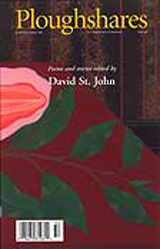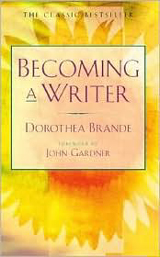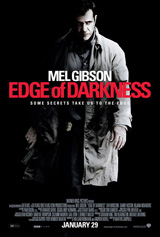When direct quotations are cited in writing, usually they are introduced with a phrase such as he said or the like and set off with commas:
Presidents Day celebrates the birthday of George Washington, who said, “I hold the maxim no less applicable to public than to private affairs, that honesty is the best policy.”
The first president also wrote, “Associate with men of good quality if you esteem your own reputation, for it is better to be alone than in bad company.”
(Longer or more formal quotations are introduced by a colon, which will be discussed in a later post.)
If a quotation is introduced by that, whether, or a similar conjunction, do not use a comma:
Washington urged that “A man’s intentions should be allowed in some respects to plead for his actions.”
A quotation that is functioning as an apposition or the direct object of a verb is also set off by a comma:
In today’s economic climate, I am reminded of Washington’s sage advice, “To contract new debts is not the way to pay old ones.”
Do you have a question about the comma? Let me know, and I’ll include it in a future installment of Mots Justes’ ongoing series.
The Mots Justes Series on Commas
Part I—To Serialize or Not to Serialize
Part X—Adjectival Phrases and Appositives
Part XII—Making the Transition
Resources
Chicago Manual of Style, The. 15th ed. Chicago: The University of Chicago Press, 2003.
Hacker, Diana, The Bedford Handbook for Writers, 3rd ed. Boston: St. Martin’s Press: 1991.
Strunk Jr., William, and White, E.B. The Elements of Style. 4th ed. New York: Longman, 2000.








